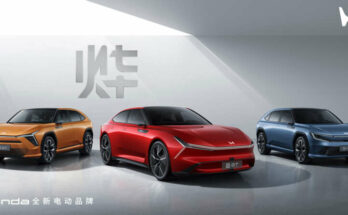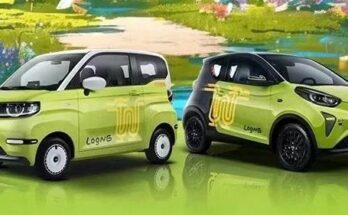When Geely Group acquired Volvo Cars from Ford in 2010, how the Chinese and Swedish companies would mesh together was unclear. More than a decade later, Chinese ownership has helped change Volvo from a money-losing albatross to a trend-setting electric-vehicle manufacturer.
With the announcement of its stylish EX90 battery-electric SUV, the Swedish automaker is signaling its future direction in design and technology. In some ways, the vehicle was made possible by the Geely acquisition. According to Erik Severinson, head of strategy and program management at Volvo Cars:
“Chinese ownership has two big benefits: Much more access to the China market and more freedom. We have a lot of freedom as a brand to develop our own products.”
In February 2021, Volvo and Geely announced a swath of areas in which they would more closely cooperate. The companies expanded the use of shared modular EV architectures; enhanced collaboration in autonomous and electric drive technologies; and aimed to jointly procure some components to cut costs.
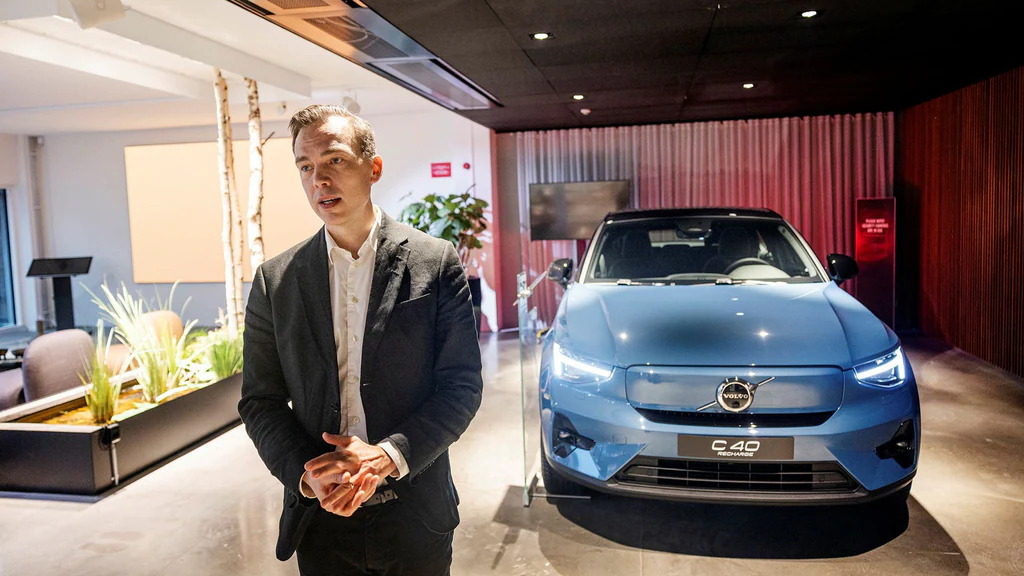
Powertrain operations were combined in a new company focused on “next-generation hybrid systems and internal-combustion engines” while the parent companies maintained independent corporate structures. Geely is listed on the Hong Kong Stock Exchange and Nasdaq. Volvo is listed on the Nasdaq Stockholm.
Related: Volvo to Leave ACEA Car Lobby Group Over Climate Targets
Spinning off the ICE (Internal Combustion Engine) operations into a stand-alone company has had far-reaching consequences, says Severinson. Volvo announced in March 2021 that it would phase out all internal-combustion-engine models, including hybrids, from its product portfolio by 2030 and produce only all-electric vehicles. Severinson says:
“Shedding the ICE portion allows our organization to focus wholeheartedly on electrification. What we have learned is, the focus it creates in the engineering and production is fantastic.”
The move also helped both manufacturers create economies of scale in ICE development and production, an area that will be a smaller and smaller part of the automotive industry, he says. Increasingly stiffer emissions requirements will require more investment in ICE technology. By pooling the two combustion-engine production units, “we can still have a very competitive cost,” Severinson added.
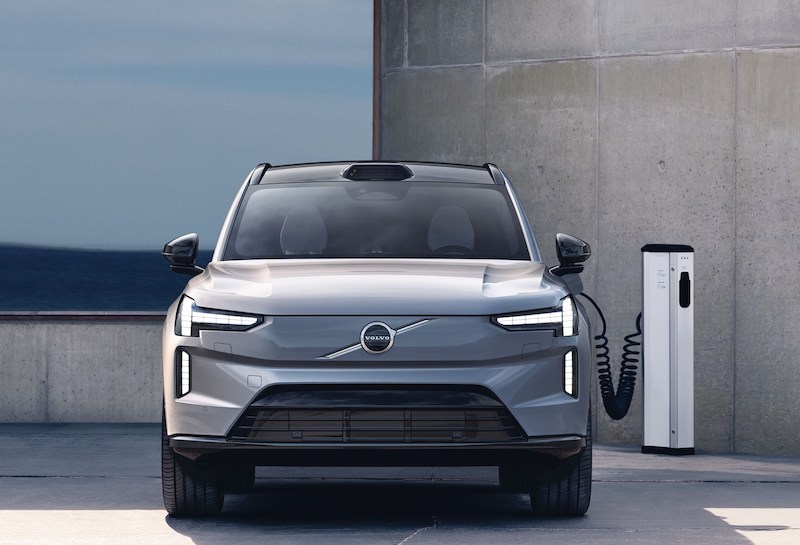
Besides the new ICE company, Volvo and Geely will cooperate “where it makes sense,” he says. For example, they jointly own the Polestar BEV performance brand. And they are finding “synergies” in the small-car segment because Geely has more small models in its portfolio.
Related: Volvo Moves Closer to All-Electric Goal
Chinese automakers are racing ahead on the connected-car front because Chinese consumers demand a much higher degree of what Severinson calls “smartification” in their vehicles. Collaborating with Geely in that area has been a “great strength” for Volvo in the Chinese market, he says. However, that hasn’t translated into a competitive advantage in Volvo’s other markets. Severinson added:
“We are not seeing exactly the same customer behavior in Europe and the U.S. Chinese are valuing computational power; the European and U.S. (consumers) are a bit more traditional.”
Geely has its own Zeekr all-electric brand and Volvo has its SEA electric platform. The two manufacturers are also “trying to find synergies wherever it makes sense without jeopardizing anything that makes a Volvo a Volvo and a Zeekr a Zeekr,” says Severinson.
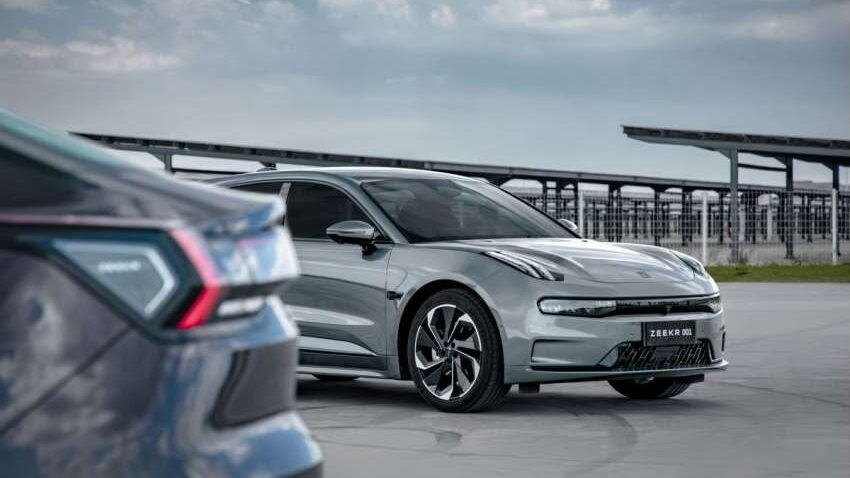
China is the primary source of many upstream components related to electrification, but the increasingly regionalized view of the world is making that less of an advantage for sourcing than it might have been in the past, he says. Volvo hasn’t been hindered by its supply-chain ties to China, however. It is an opportunity for Volvo’s production in China, Severinson says.
“But we have to find regional sources in Europe. We are striving to have local production as much as possible. Our strategy is, build where you sell and source where you build.”
Source: WardsAuto

A computer animation professional with over 23 years of industry experience having served in leading organizations, TV channels & production facilities in Pakistan. An avid car enthusiast and petrolhead with an affection to deliver quality content to help shape opinions. Formerly written for PakWheels as well as major publications including Dawn. Founder of CarSpiritPK.com


